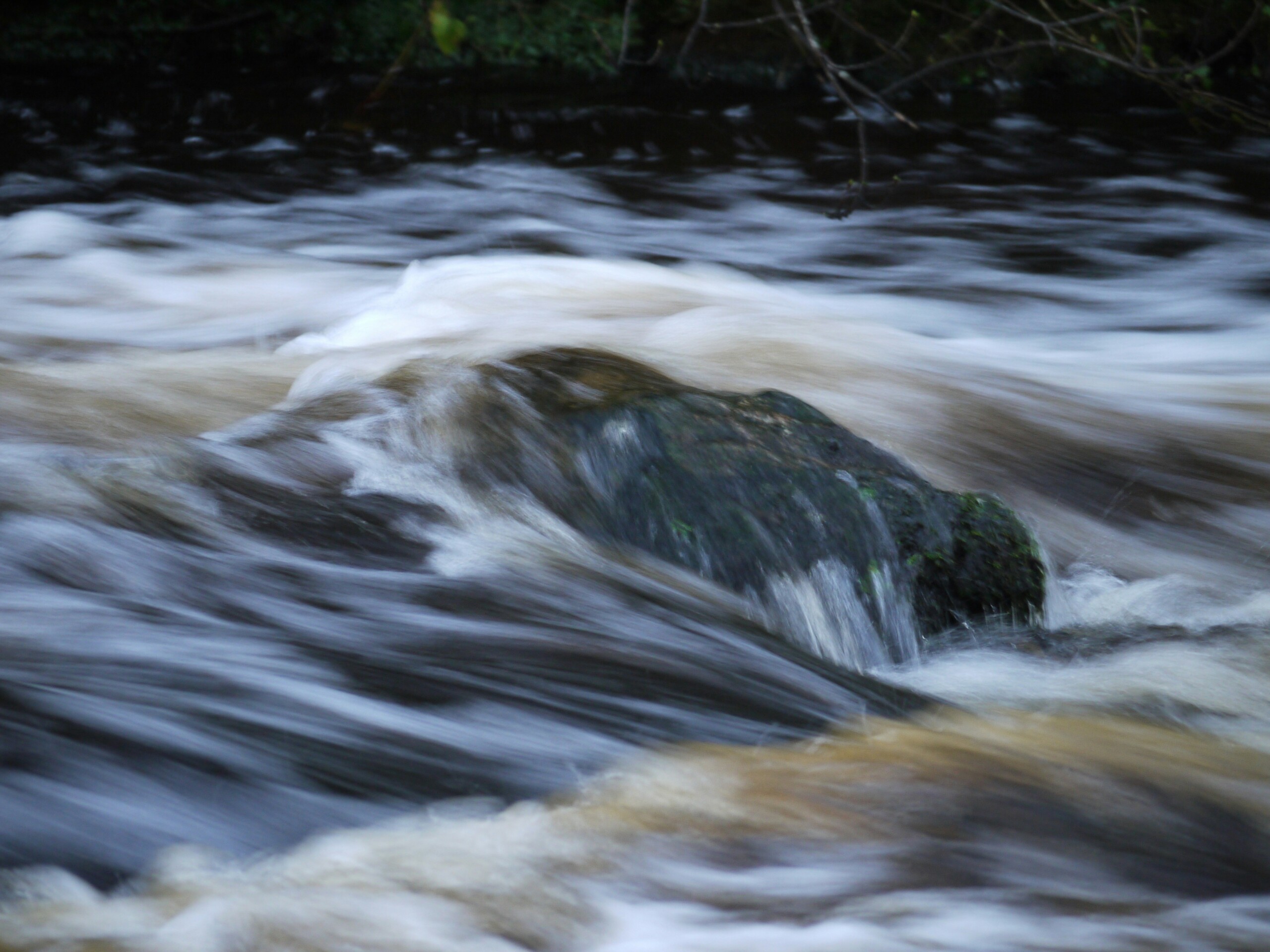Tenure Review – Almost a done deal

There are few landscapes in the world that are more evocative and iconic than the South Island high country – the broad, brown tussock studded ranges and plains east of the Southern Alps and stretching almost the length of the country, from Southland to Marlborough. Whether it’s in the car driving through a landscape like the Mackenzie Basin or being out tramping on the hills or valleys themselves, the vast open spaces, the horizons and the sense of history in huts and structures like old fences cannot fail to captivate.
But this landscape is changing. Through the tenure review process, managed by Land Information New Zealand (LINZ), high country properties are being split between conservation and productive land uses. Much of the high country – some eight per cent or 1.6 million hectares of New Zealand’s total land area – has been leased to farmers through 33 year perpetually renewable pastoral leases. There were around 300 leases. The pastoral lease itself grants the landholder the ability to graze only, with most other activities requiring consent or permission from the Crown. This reflects the environmental sensitivity of much of the country, which is prone to erosion, pests, and unsustainable farming practices.
Landholders can voluntarily enter, or leave, the tenure review process which is managed by LINZ.
The Department of Conservation and others make an assessment of the conservation and recreation values of a property, there are inspections of the property undertaken by non-governmental organisations (such as FMC and Forest and Bird), a period of public submissions, which culminates in a secret negotiation between the lessee and the Crown.
Tenure review itself is a flawed process, and this is becoming increasingly apparent as most of the ‘easy’ reviews have been done. The process appears to assume that there’s always an easy split between the tops – which are added to the conservation estate, and the low country, which is freeholded. This makes some sense from a recreational perspective, and it has led to several new conservation parks being established, but it makes little sense from a landscape or ecological perspective. It’s a particular problem in the Mackenzie Basin, where much of the vast flat alluvial outwash plains fail the tests within the tenure review process to see them protected as conservation land. Instead, this flat country is often freeholded without protection, and rapidly intensified through irrigation and pasture development, once water becomes available.
The process is administered in a hands-off fashion by LINZ. DOC is under-resourced, particularly since various restructures have significantly reduced staff numbers in their tenure review team. The reviews themselves are managed by private sector providers on contract to LINZ, and the final negotiations over substantive proposals are undertaken in secret. LINZ has even refused to release details of these negotiations under the Official Information Act to FMC and others. Public submissions on tenure review proposals are often ruled out, particularly if they don’t add ‘new’ information. In short, it appears that LINZ takes a narrow, process-bound approach and ignores the significant public interest in this land.
Another concern is the misuse of covenants. QEII covenants were designed to protect small patches of bush or wetlands on private land, rather than large areas of the high country. QEII covenants do not usually provide for public access and there is no management authority to oversee them. However LINZ is increasingly viewing covenants as land that is already protected, and then freeholding the land underneath the covenant after tenure review, even if the land is high-altitude.
It’s important to state that I am not an enemy of prosperity, of farming, irrigation, or of sensible development. I want to see the high country managed sustainably, and with public access through it to the conservation estate beyond. I also want to see the public agencies charged with managing and advocating for this land representing the public interest, and resourced to do their job.
It may be that the best solution for difficult properties is to leave it as a pastoral lease, and for the Crown to reward the leaseholders – many of them multi-generation farming families – for managing the land sustainably.
This is the last great land carve up in our country’s history, of land that has special spiritual and recreational meaning to many people. This is public land, and tenure review is largely happening behind closed doors. We have to improve the process, its transparency, in the interests of future generations. FMC’s underlying interest in the high country is that it should be managed for the benefit of the many, and not a privileged few.
Peter Wilson is a member of the executive of the Federated Mountain Clubs, and coordinates FMC’s high country programme. This opinion piece first appeared in the January 2016 edition of Wilderness Magazine
Share This Story, Choose Your Platform!

Latest News
FMC opposes the Winstone Pulp International Limited resource consent application to enable the discharge of treated pulp mill wastewater, stormwater and a foam inhibitor to the Whangaehu River.
FMC is looking for the right candidate to appoint to the Maerewhenua Trust Board.
FMC is looking for the right candidate to appoint to the Federated Mountain Clubs Mountain & Forest Trust Board of Trustees.






